By Mariela Santos-Muñiz
Skin lightening is a multi-billion dollar industry worldwide, with a global reach and particular focus on the Global South, even when health risks are considered. Why? Within cultural differences light, white or “ivory” skin is conceptualized as a form of universal social capital.
Ni’kita Wilson, founder and CEO and Skinects, told Yahoo! Beauty, “Bleaching creams have been around forever, dating back to the times of Cleopatra … They’ve been around for centuries because in a good many cultures, the lighter your skin, the higher your social ranking. Since higher-valued positions work inside, that means darker your skin is a sign of manual labor. This social stigma exists in Asian cultures (particularly the caste system), Latin cultures and even in the African-American population in the U.S., between people of lighter skin and darker skin tones.”
The Internet contributes to the international scope of the skin lightening industry. The web is used as a tool and space in which consumers can learn about and shop for products, in addition to participating in online forums to discuss skin lightening products with others. Commonly referred to as skin lightening, skin whitening or skin bleaching, product sales are projected to increase by a minimum of 13 percent a year in different Asian countries like India and China. Approximately 77 percent of Nigerian women utilize skin lightening products regularly.
In their choices, consumers are stuck between a rock and a hard place — refrain from using skin lightening products and be subject to discrimination, or use the products and exercise a form of agency even though they are harmful. Why would consumers use skin lightening products that are known to be harmful health-wise? For consumers, the social benefits outweigh the risks, which include severe and permanent skin damage and various forms of cancer.
This calls into question what consumers value and how commercial enterprise and advertisements influence consumers. Multiple actors have a hand in the development and boom of the skin lightening industry: the community, the media and the business sector, sometimes eschewing accountability for the role they play. For example, Kanebo Cosmetics came under scrutiny of the Japanese government as a result of delaying the notification to the public that the company’s skin lightening products had caused severe depigmentation in thousands of customers. The preponderance of social institutions teaching consumers about what skin tone or color is “best” ultimately means big bucks for business. In this case, businesses profit from consumer insecurities.
While public figures such as the model Alek Wek and the actress Lupita Nyong’o have been highlighted as empowering figures that contradict the “white is right” narrative, the fact that these women are singled out exposes part of the problem. Wek and Nyong’o are singled out because they are the exception: successful women that don’t possess light skin. It is important to note their presence while being conscious of the fact that they are a minority.
In order to create an environment in which consumers, particularly women, don’t risk their health and self-esteem by using skin lightening products, racism needs to be tackled. As long as dark skin continues to be considered undesirable or have a negative connotation ascribed to it, consumers will continue to want to use skin lightening products. As long as women are taught to view themselves through the lens of how others view them, they will continue to have reasons to develop a “disease to please.”
A positive self-image can be hard to obtain with the portrayal of unrealistic beauty standards that a very small minority can reach and that is disseminated through advertisements. Adding to the complexity of the issue, advances in technology advertisements are ubiquitous, throughout print publications, television, the Internet, mobile phone apps and numerous others media channels.
For a consumer to be able to ignore all of the images that they are potentially surrounded by on an everyday basis would be virtually impossible, not to mention the pressure that individuals can feel from peers, who may also have been influenced by advertisements and unrealistic beauty portrayals. While these are complex and multi-layered issues that would not be easy to tackle, they are too important not to.



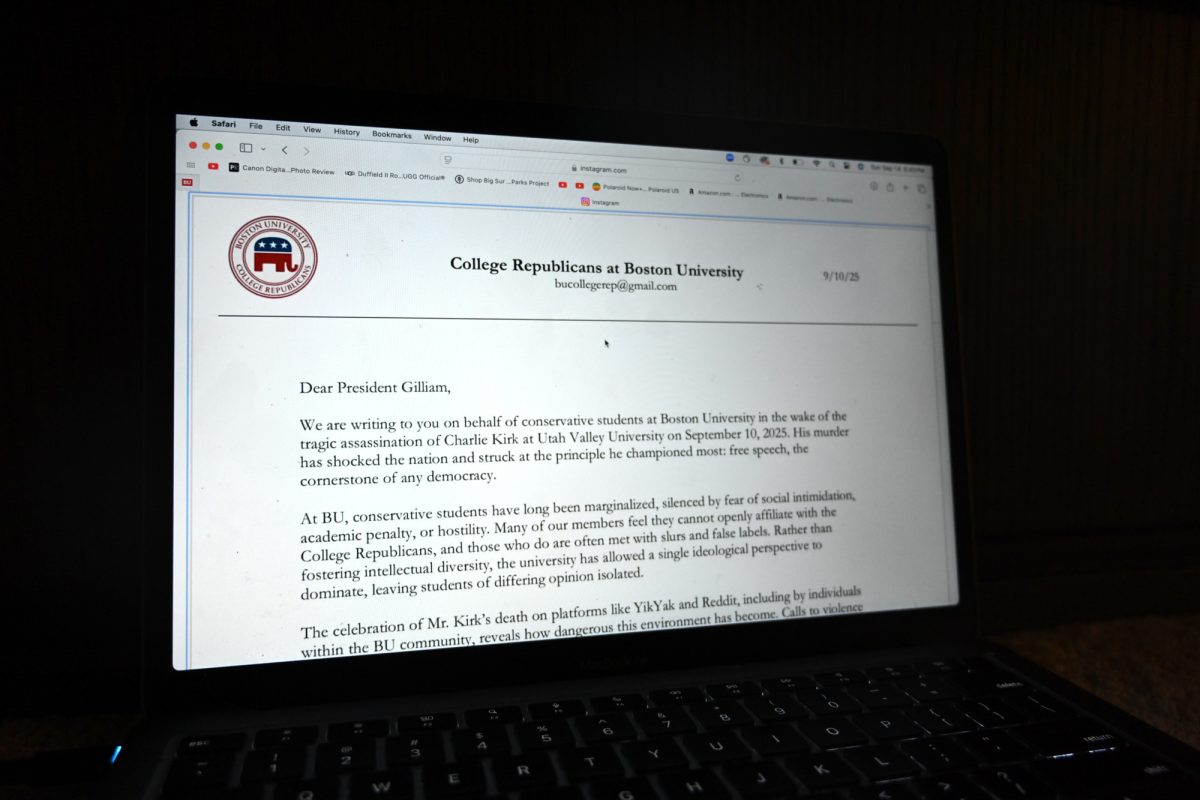


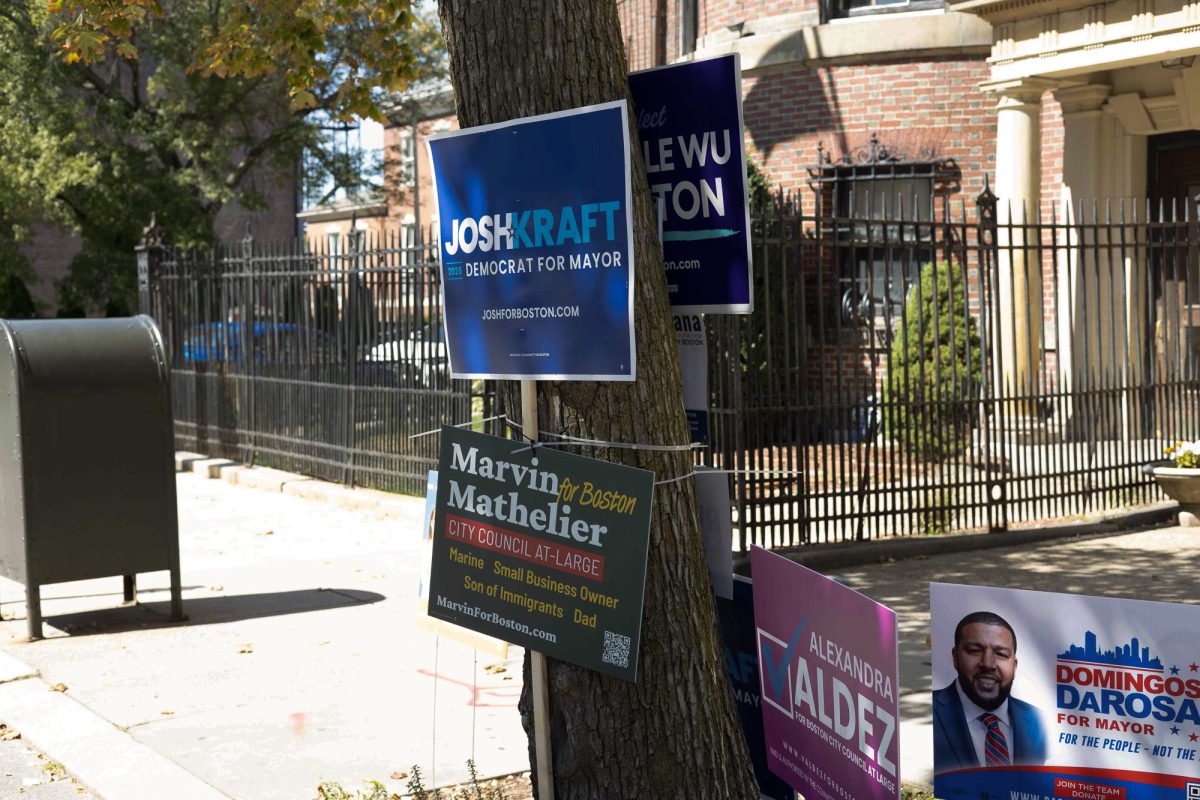
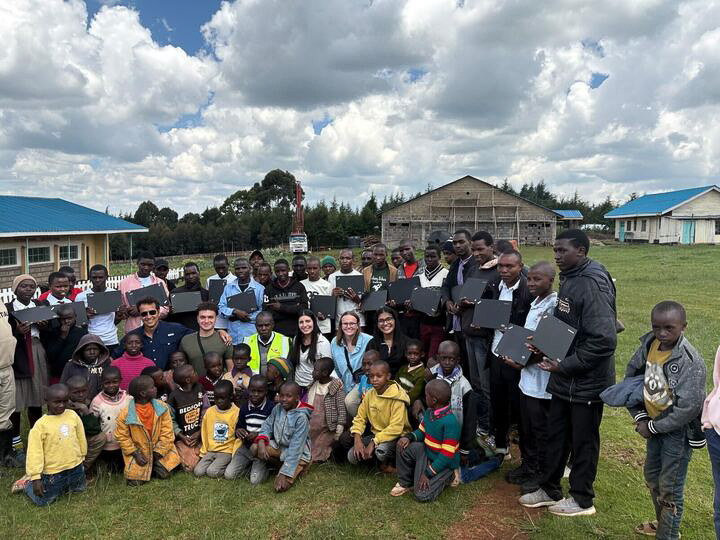
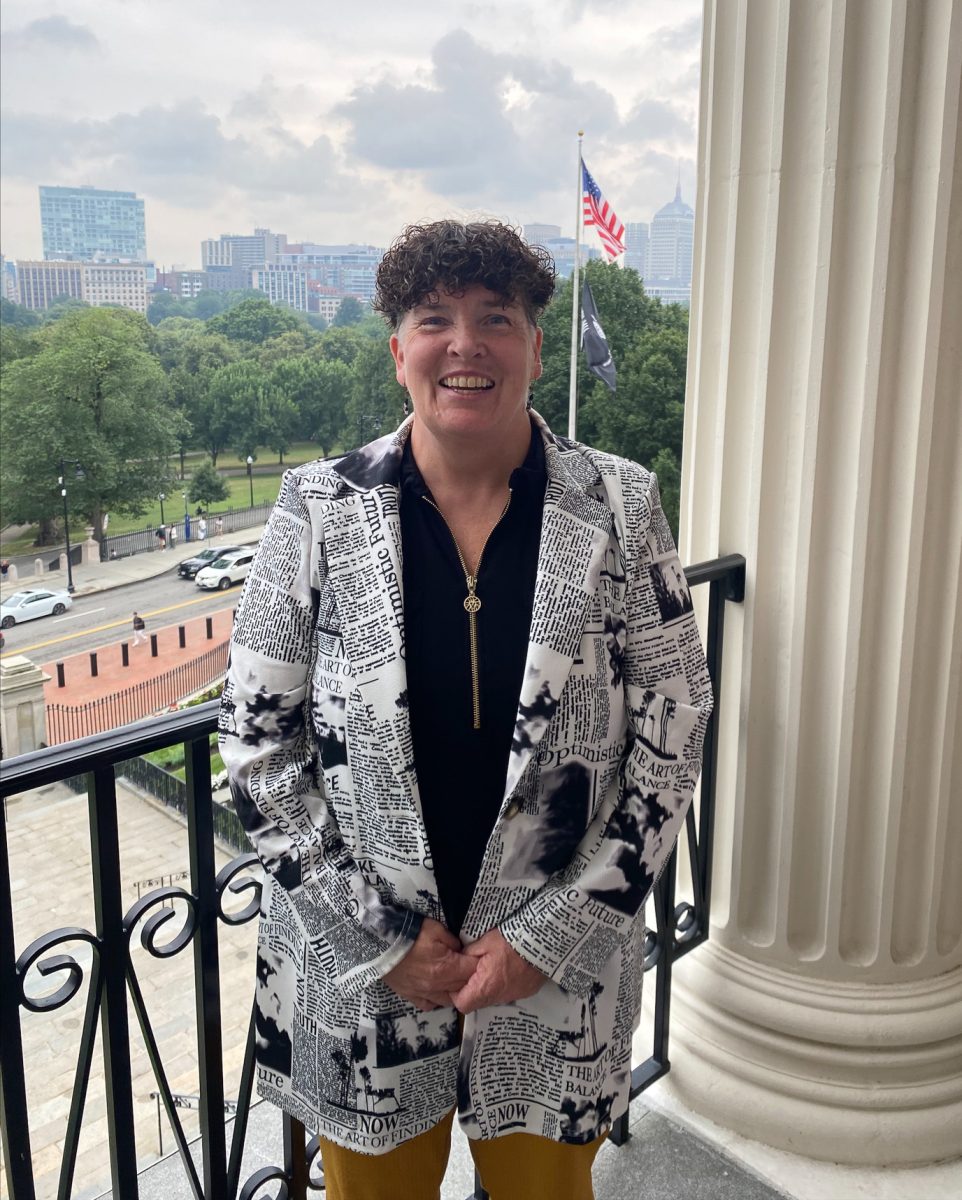



























































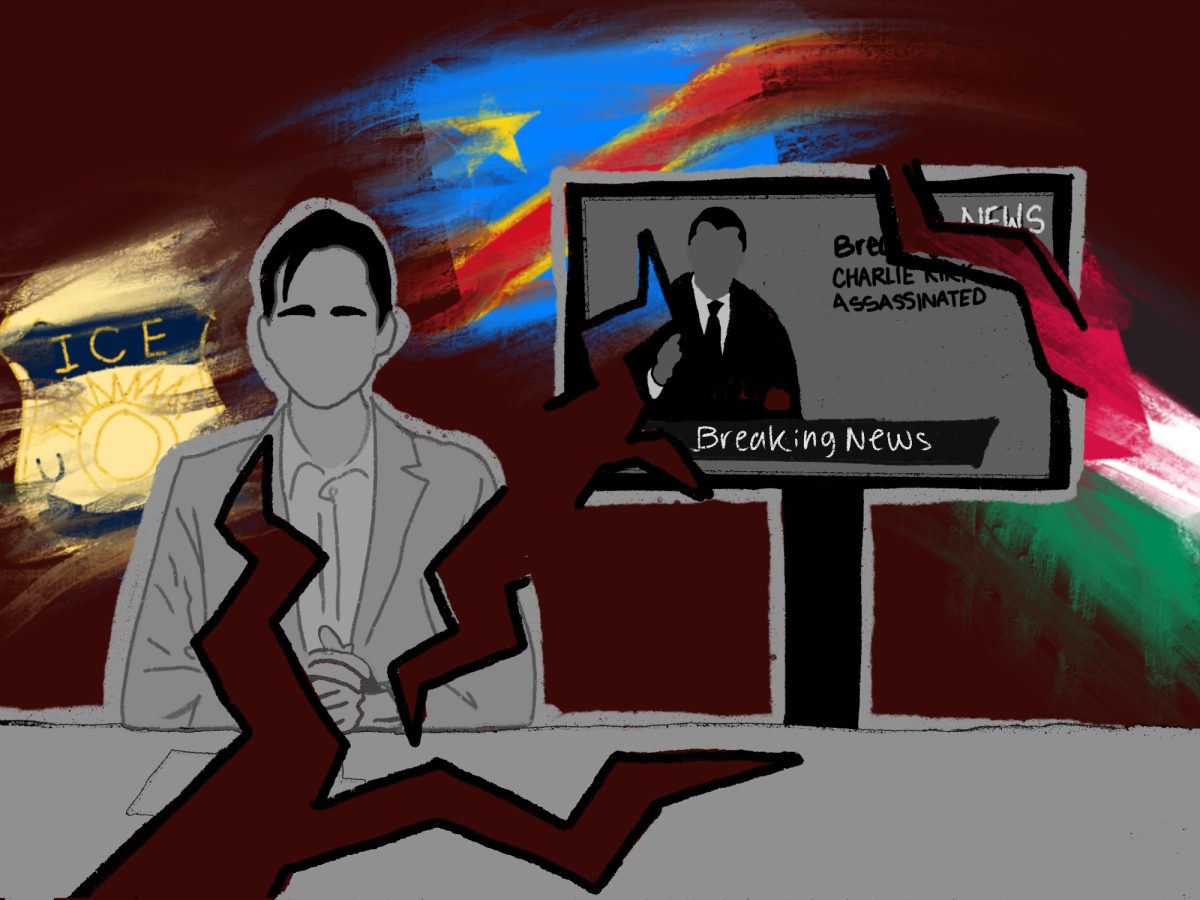


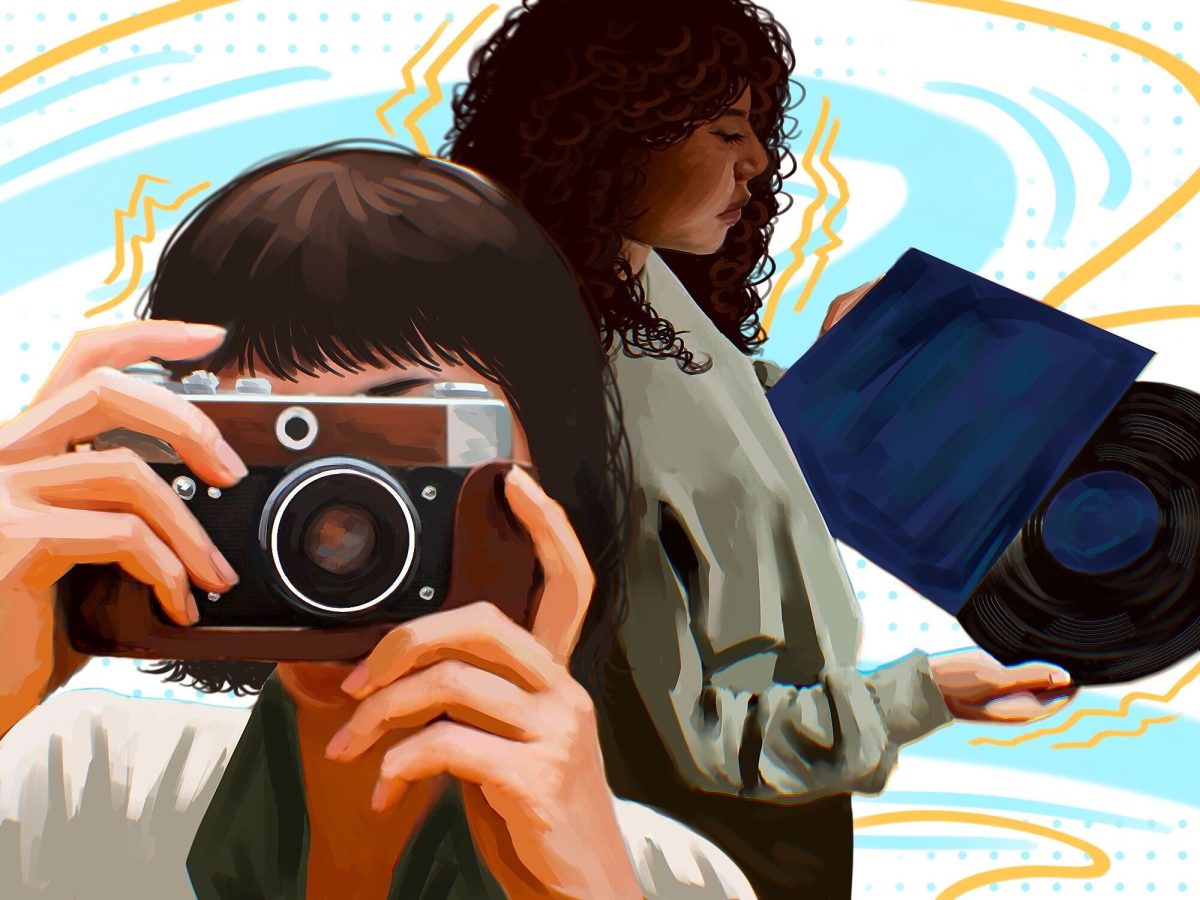
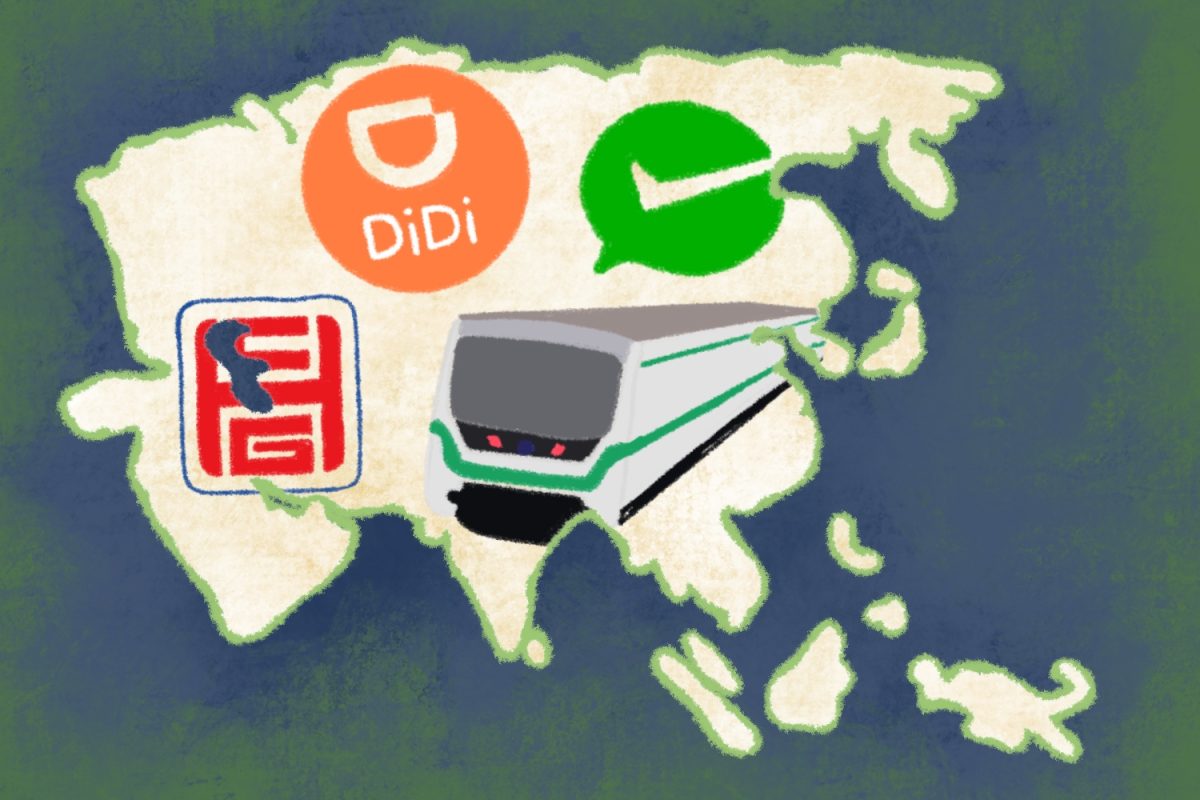































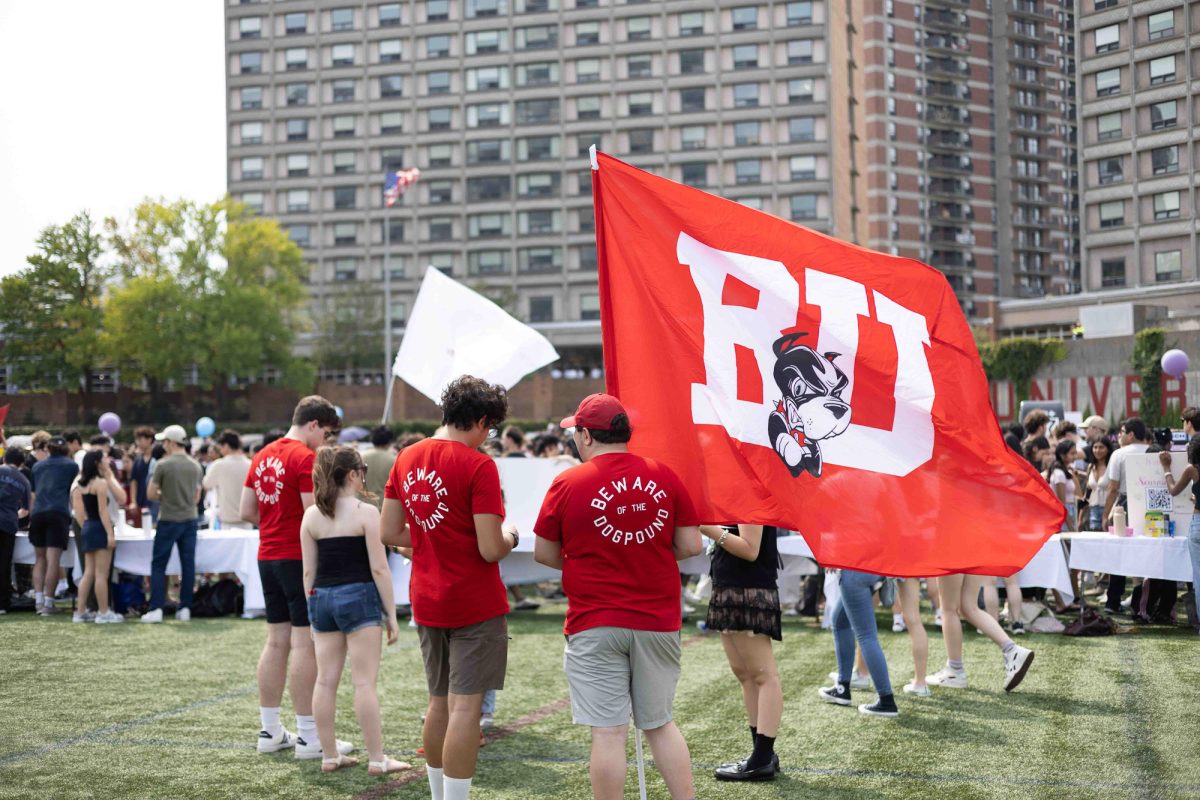











imageskincare • Oct 7, 2015 at 1:16 am
Its true that many skin lightning products are not that good for the consumers and it may cause side-effects as well, but there are many products in the market which governs the consumers need and provide a result through which people are using the product as it contains the mixture of organic compositions. Image skincare is on of those products which the consumers use and are having no complaints with it.
Black Jesuscom • Mar 3, 2015 at 10:24 am
The selling of a false white Jesus globally has played as major
role in perpetuating white skin superiority. Caucasians represent
just 10% of the world’s population and the rest is people of color.
But with effective advertising, they have done a excellent job
of selling inferiority in a bottle, creating a $2 billion a year
bleaching market among the insecure dark skin masses.
If my color didn’t matter, why has the truth been hidden
and denied? This truth will set you free.